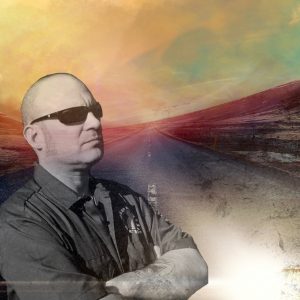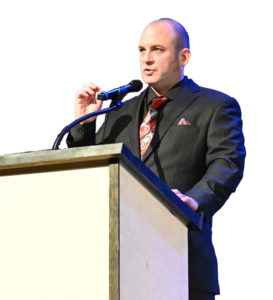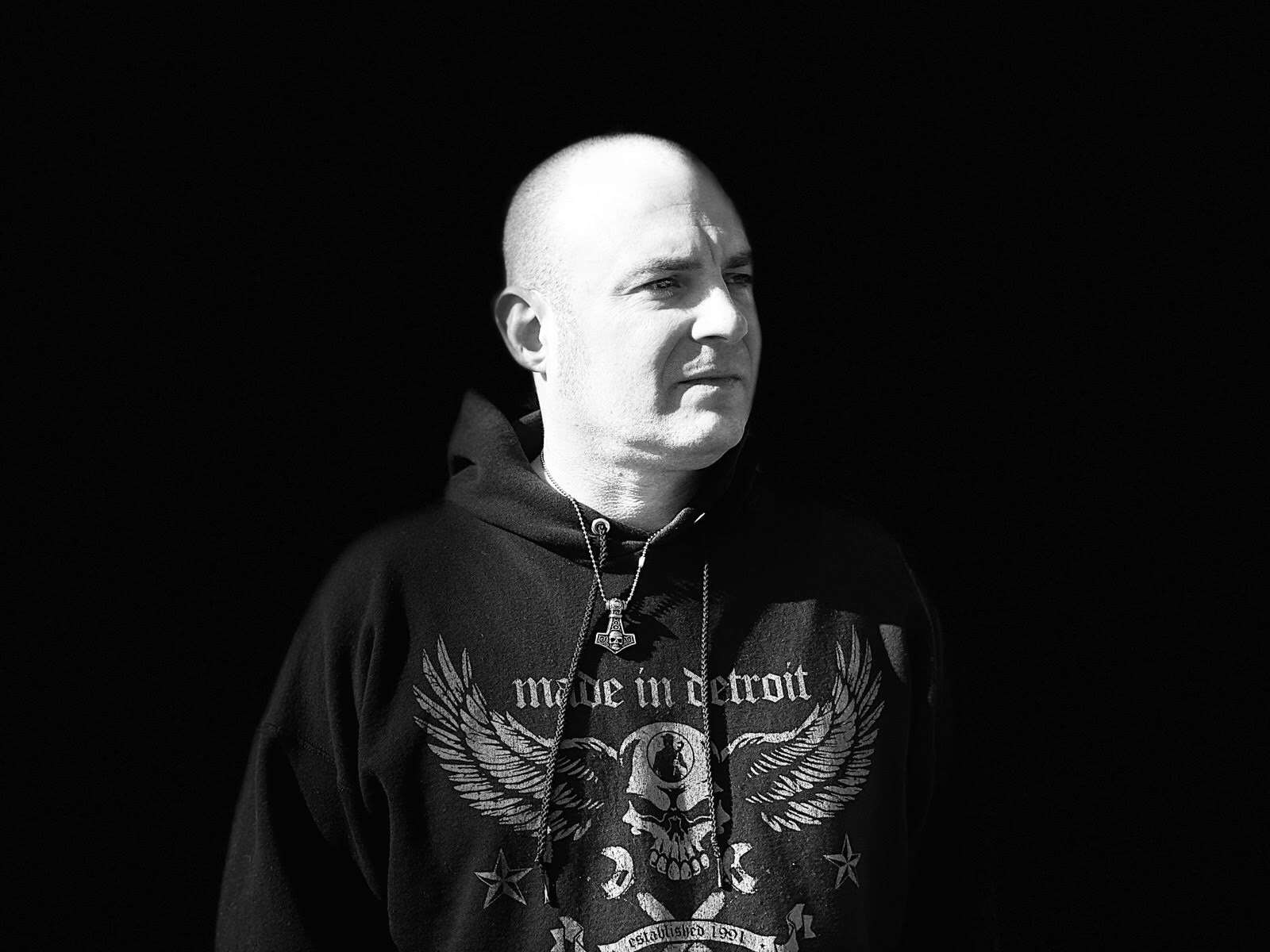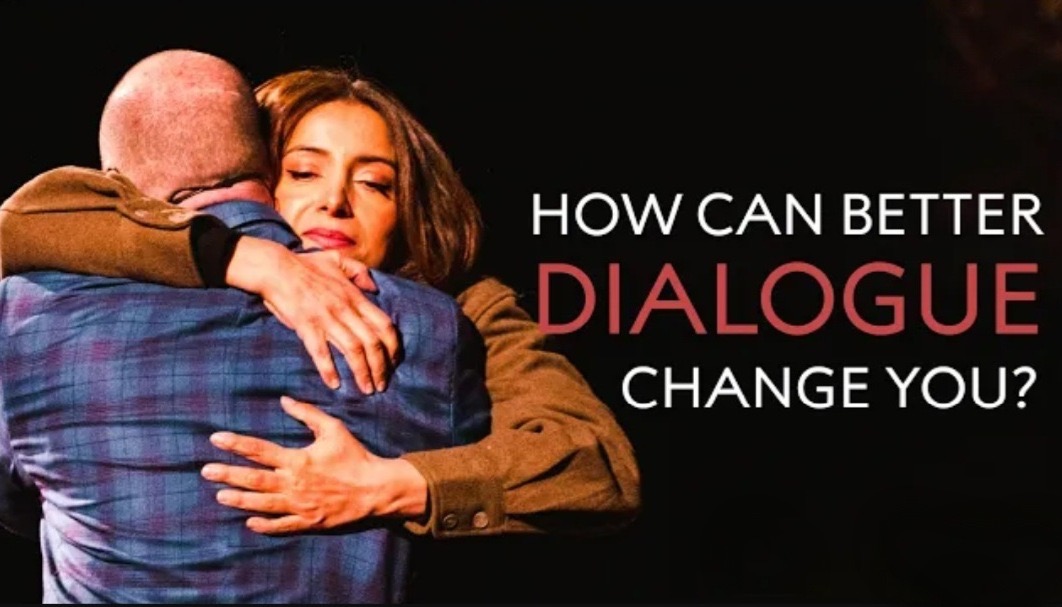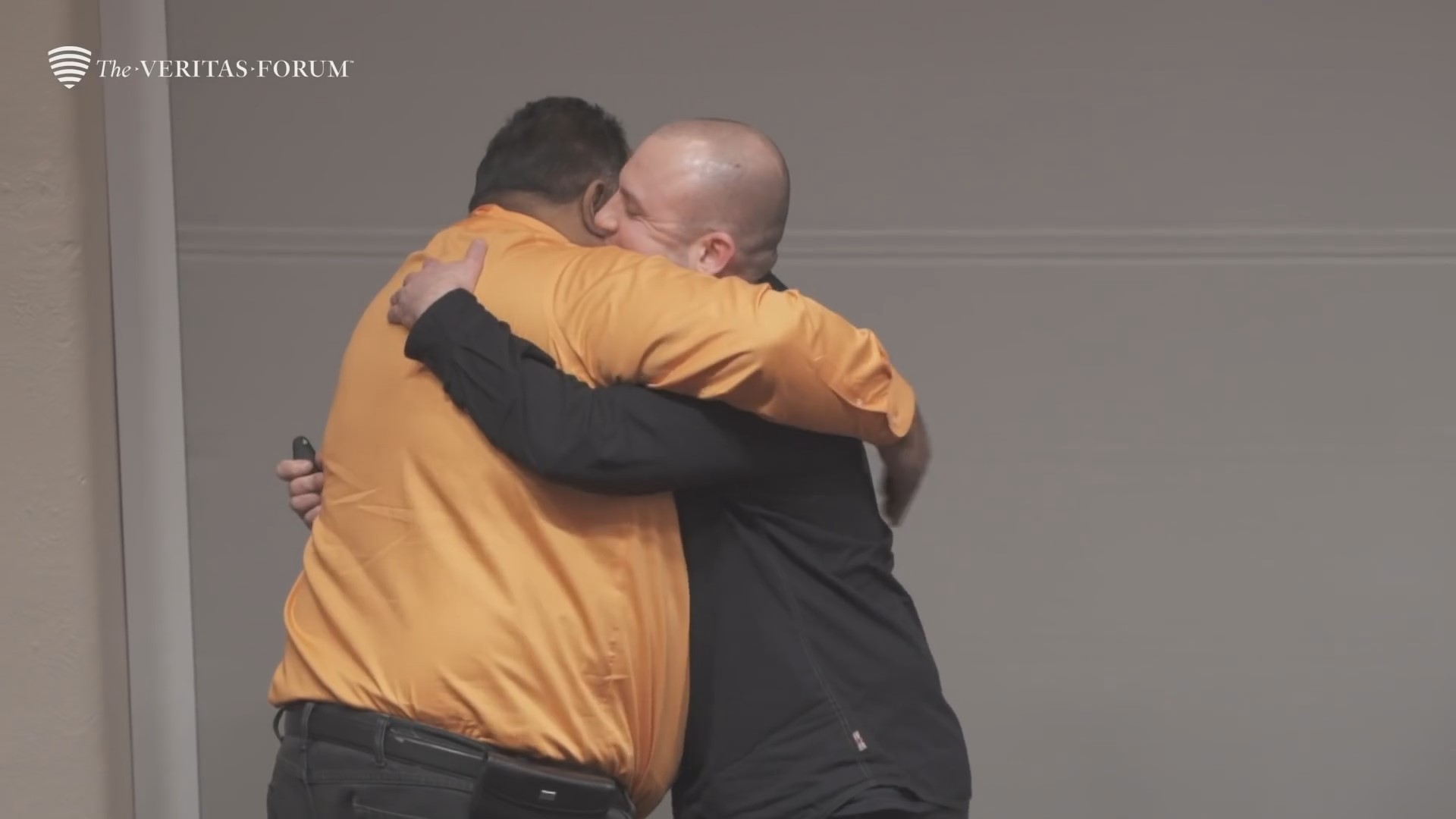For over 20 years, I was head of the National Socialist Movement (NSM) in the United States. Since leaving the far-right in 2019, I have worked tirelessly to make amends, applying the leadership skills and knowledge from my past to the realm of peacebuilding.
My disengagement and deradicalization were largely a result of my interactions with Daryl Davis, an African American activist, and Deeyah Kahn, a documentary film director and human rights activist of Punjabi/Pashtun descent. Through dialogue we were able to connect at a level deeper than I even realized at the time. Both Daryl and Deeyah challenged me; made me think twice; and helped me see that my life was based on misconceptions. All it took was openness, acknowledgment, respect and sincerity.
What I could have never imagined is that those conversations with Daryl and Deeyah would become so timely and so necessary so quickly. After George Floyd’s heinous murder, the United States erupted. Rightful activism and protesting quickly turned into riots and destruction. Talks about the “Boogaloo” fuel fears of an impending civil war. The left and right extremes are taking control of the narrative leaving no room for middle ground or dialogue. If this continues, many fear we all may be forced to take a side, thereby removing dialogue with those we feel may be the cause of society’s ills out of the equation.
As someone who has been part of that extreme and polarizing faction of society, I feel for the average American. I feel for the elderly, who are living their last years in a very confusing and sometimes anxiety-inducing context. I feel for those who have dedicated their careers to advocacy in favor of peace and engagement, whose efforts are now being discredited by small violent fringes. I feel for those who don’t see the need to destroy, burn and tear down in order to induce necessary conversation on social justice. Above all, I worry for those who will, unfortunately but inevitably, find comfort in the ideas pushed by the far-right.
Conditions are ripe for inducing further radicalization. Riots and street fighting are all the propaganda material the far-right needs. All it will take to exploit the current societal crisis is to strategically cherry-pick images that confirm what they are preaching. I know because I was once there. I remember how we would post and disseminate videos of white males being beaten up by a mob of black individuals in South Africa and claim that this was the future of America. Recent violent incidents in cities across the United States are making things so much easier for the far-right propagandist.
There are two ways the far-right will exploit the current post-COVID-19 context of economic downturn and societal unrest to further incense their followers and to increase recruitment. First is the race issue. Nobody can call into question the years of trauma induced on America’s black communities as a result of slavery and racist policies. If we are ever to have a true process of transitional justice, these things cannot go unacknowledged. Yet, where much of society sees the need to kneel and ask for forgiveness from black members of their community as pure-hearted intentions, the far-right sees an opportunity.
It is the perfect off-ramp to address underlying societal issues that affect white communities, whether it is economic disparities, affirmative action, the lack of access to healthcare and other services, and/or the trauma induced by a rampant opioid epidemic. It is all framed in a way that allows consumers of far-right propaganda to cement the idea that ‘not only black lives matter.’ In this context, the far-right appears a voice for those who feel disenfranchised and unheard.
Second, the current climate of civil unrest is allowing the far-right to push a narrative that is almost a fulfillment of prophecy. Howard Graves, a research analyst at the Southern Poverty Law Center, recently told the New York Times that he had “not seen any clear evidence that white supremacists or militiamen are masking up and going out to burn and loot.” He is not wrong. Despite media claims, except a couple of Proud Boys members and some NSM individuals, the far-right is not actively present in the protests. Rather, they’re waiting. They’re rubbing their hands and enjoying the crisis. This is what they had been waiting for and what they predicted.
Anybody who is familiar with the right-wing space knows that the movement is not estranged to the idea of a race war. In fact, the most influential literature produced by adherents to the extreme far-right fantasize about societal collapse and how that would be an opportunity to finally establish the desired all-white ethno-state. Although right-wing literature speaks vividly about ways to ignite such conflict, not even that seems necessary anymore. The relationship between the far-right and far-left is symbiotic, they both fuel one another. Left-wing extremism is all the far-right needs.
The far-left is parroting extremist narratives of destruction, burning and tearing down. From a distance, the far-right has now been given the opportunity to add another element to the conversation. Messaging is no longer only about social injustices and ‘whiteness’, but about how the left is causing mayhem and anarchy, and how, in the event of government collapse, they will impose an equivalent system where traditional viewpoints will be criminalized and rule of law will be inexistent. Against that threat, the far-right depicts itself as the only alternative to impending chaos.
As tensions increase, the far-right and the far-left are becoming increasingly similar. Both extremes see violence as necessary; they might differ on the outcome, but, essentially, both sides are hoping for government collapse and a subsequent power vacuum that would enable them to build a state with renegotiated social roles and priorities. The battle is now for the hearts and minds of Americans who have become the silent majority, unable to choose sides because they believe that the same system that can put the murderers of George Floyd behind bars can also provide society with the opportunity to engage in positive change without the need for violence.
It is sometimes discouraging to see how this increasingly polarized context is making anxiety the hallmark of this ‘new normal.’ Since I left the movement, I have helped many leave far-right extremism and have been in touch with others who also left, years before I did. They are not in the media, they are not in the spotlight; they have now become everyday citizens going on about their lives. Yet, the overall sentiment they express is one of fear and preoccupation. It has nothing to do with re-radicalization; it is the hopelessness of not wanting to feed into the extremist narrative by choosing sides but at the same time raising the same question many of us asks ourselves: what are we supposed to do?
We have the opportunity of a lifetime in front of us. As a country and as one human race, we are at a crossroad. We can either replicate what extremists do and continue to sheepishly follow “the movement”, or we can choose to heal. Now is the time to break prejudices and hate that are deeply rooted in America’s history. And the way to heal is not by further fueling polarization and imposing a worldview that stems from the prison of our own minds, our cognitive biases and our preconceived notions, but rather by acknowledging who we are as a nation.
Yes, the slave trade happened and it devastated entire communities. Yes, black communities have suffered things that would be unimaginable for other social groups. It is also true that there is a percentage of other Americans who no longer feel represented by government bodies. Yet, we have managed to present these conversations as mutually excluding discourses instead of realizing that they walk hand in hand. Not all communities have the same needs, not all people are facing the same difficulties, but we are all part of society and none of us can go unheard. Demonizing those who are outside ‘our group’ will not eradicate ‘the other.’ It will only make them feel increasingly marginalized and increasingly angry.
Leaving the movement gave me nuance. It allowed me to have a better understanding of the struggles and grievances of other collectives. Now more than ever I affirm myself in the notion that nothing positive can come out of absolutist narratives like “all cops are murderers” or “all (insert race or nationality here) are criminals.” Now more than ever I believe in the power of dialogue and compromise.
The question is what we are willing to compromise on as a society. But the question cannot be answered without honest, sincere and respectful dialogue. The social fabric we are all part of is much more complex than a ‘racist vs. anti-racist’ discourse. America is ready for change, but change needs to be concise and realistic. In this case, extreme situations cannot lead to extreme solutions. If the long-term objective is to eradicate hate-fueled narratives, we need to start by giving dialogue, empathy and understanding a chance.
This is a valuable lesson that both Daryl and Deeyah taught me, and that is why I think of them when all I see is violence and destruction on the news. They could have chosen not to engage with me when I was a neo-Nazi. They could have just assumed I was evil and deserved no acknowledgement. Instead, Daryl and Deeyah were convinced that we had more in common than different. Even if the results were not immediate, their approach with compassion and understanding managed to plant the seeds that changed my life. I cannot help but wonder how society could benefit from more people willing to approach this crisis like Daryl and Deeyah did with me.
It will take resolution, it will take courage and it will take time. But if we want our children to live in a world where barriers are eradicated and hate no longer exists, it is worth considering whether we want to continue fueling the fire or if we want to be efficient and effective. Maybe the most outlandish of options, finding a middle way, is our only way out. Future generations will hold us accountable for everything that is going on today and for the way we choose to respond. I can only ask myself: Is violence and further divisiveness the legacy we want to leave behind?
This article was featured in Ctrl+Alt+Del-Hate Issue 3

